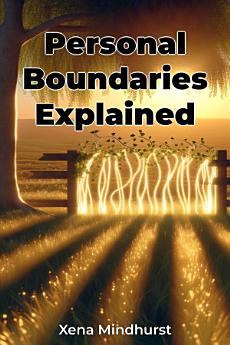Personal Boundaries Explained
Über dieses E-Book
What sets this guide apart is its actionable approach to navigating real-world challenges. The authors introduce evidence-based strategies like the BOUND framework (clear communication, empathy, defined consequences) while addressing digital-age dilemmas like managing work emails after hours. Drawing on surprising insights—including a meta-analysis showing faster anxiety reduction in therapy clients who set boundaries—the book bridges theory and practice. It balances cross-cultural perspectives with relatable examples, from handling intrusive relatives to curating online presence. By connecting boundary skills to reduced resentment and renewed energy, the book offers both psychological depth and concrete tools for creating sustainable relationships.
Structured in three parts, the text progresses from foundational concepts to societal influences and finally to practical solutions. Readers learn to articulate needs without guilt, repair conflicts, and adapt strategies across contexts—from workplace negotiations to family dynamics. Combining exercises like script templates with interdisciplinary research, Personal Boundaries Explained transforms abstract ideas into relatable skills, proving that healthy limits aren’t walls but bridges to more authentic connections.








